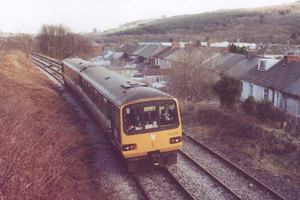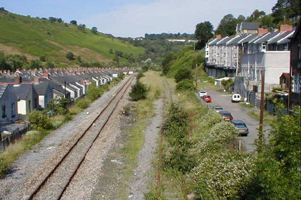 |
 |
 |
 |
 |
 |
 |
 |
 |
 |
 |
 |
Project summary
Name of the case study
Ebbw Valley Railway
Where is it located?
UK
What type of activity is it?
Restoration of a previous railway line.
Short description of the case study
This transportation scheme will reintroduce an 18 mile passenger railway facility in the Ebbw Valley, South East Wales. The original passenger service stopped operating in 1962, from when the railway has been used for freight until 2002 when demand ceased.
The new line will include six stations with direct passenger services to Cardiff and Newport for the residents of Blaenau Gwent County Borough Council, Caerphilly County Borough Council and Newport City Council. These areas are experiencing particularly high levels of unemployment and economic inactivity
associated with the decline of the coal, steel and related industries over the past three decades. It is anticipated that the re-opening of the railway for
passengers will help to encourage economic regeneration and reduce social exclusion for a large area of South East Wales.


Passenger Railway in Ebbw Valley and the single track area of the Ebbw Valley Railway
The project is being developed in two stages with the route from Ebbw Vale to Cardiff, due for completion in 2006 and stage two, a link to Newport, due for completion in 2009.
A number of tools including an Environmental Statement, Environmental Impact Assessment, Feasibility study, Road side questionnaires, a Public consultation exercise and demand forecasts have been used during the development of the proposal and assessment of the scheme, as well as ensuring the consultation and input of the local communities.
The PETUS key issue associated with this case study is:
Transport - Overall impact of a new transport connection or the improvement of the capacity of an existing one.
What tools were used to assess sustainability?
Demand forecasts
Environmental Impact Assessment and Environmental Impact Assessment
Public consultation exercise
Road side questionnaires
More information